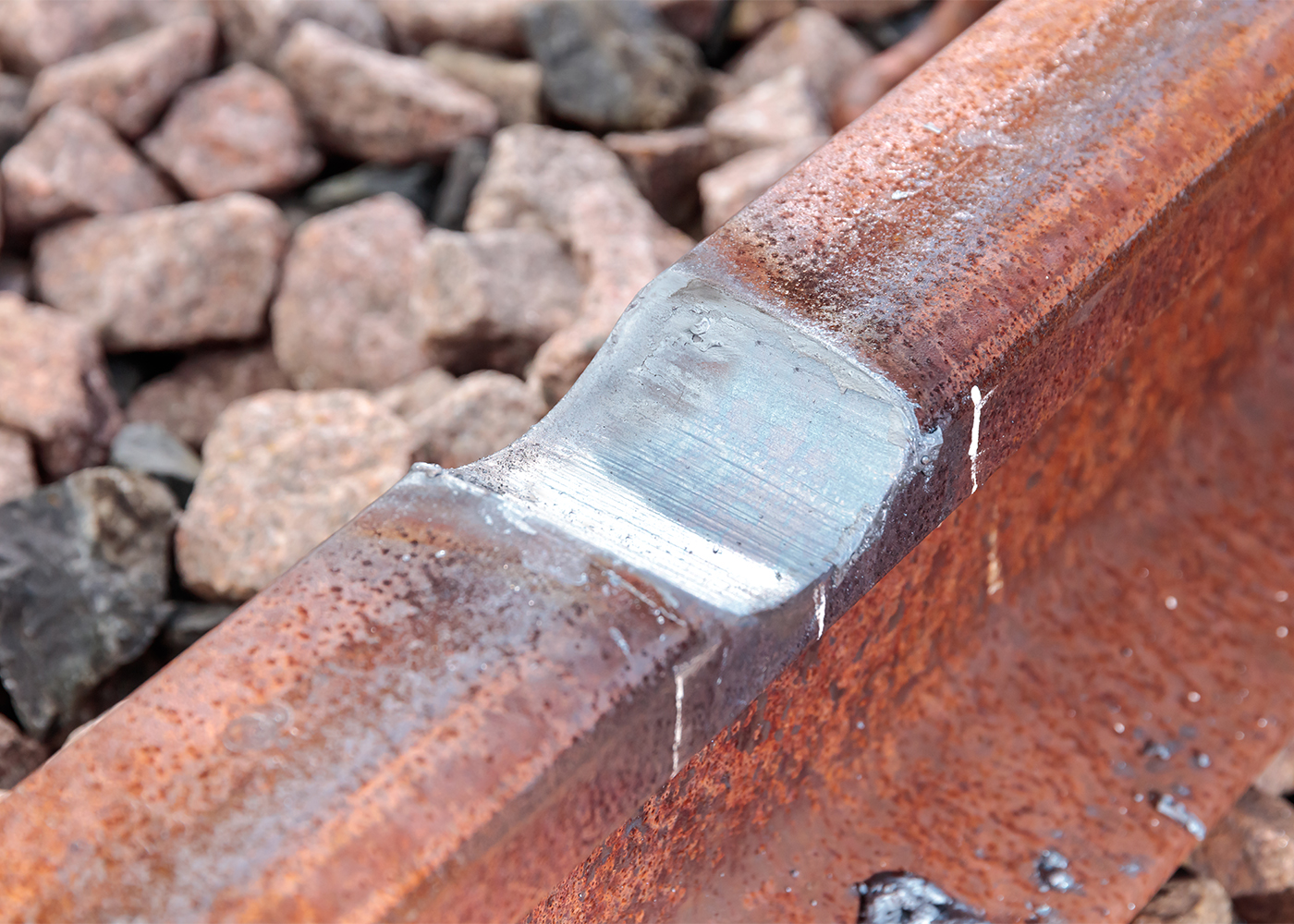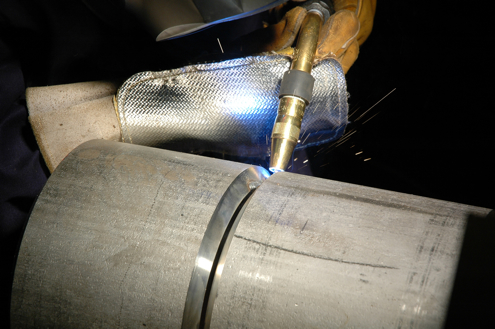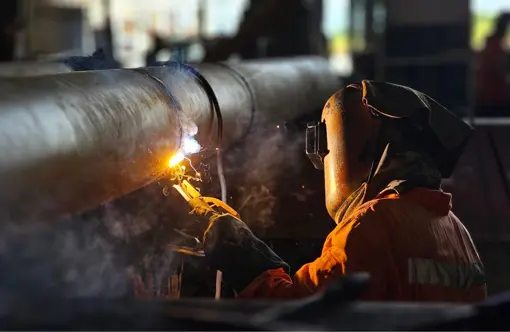Red flags in welding repair and what Belgrade can do about them
Common Welding Fixing Issues and How to Address Them Effectively
Welding repair work frequently experience a series of issues that can threaten the stability of the final product. Typical troubles include insufficient penetration, porosity, and misalignment, among others. Each flaw provides unique obstacles that call for certain methods for resolution. Comprehending these issues is crucial for welders intending to improve their skills and results. This conversation will explore these typical welding repair problems and reliable techniques to resolve them.
Insufficient Penetration
Inadequate infiltration occurs when the weld metal fails to totally fuse with the base material, leading to weak joints and potential architectural failings. This concern typically stems from inadequate warmth input, wrong electrode angle, or incorrect welding speed. Welders might experience inadequate penetration because of a miscalculation of the necessary specifications for a details product density or kind. Furthermore, contamination on the base product's surface area can hinder efficient bonding, intensifying the trouble. To deal with inadequate penetration, welders should ensure appropriate settings on their equipment and preserve a clean work surface. Routine assessment of welds is recommended to identify any kind of shortages early, allowing for prompt adjustments and the avoidance of jeopardized architectural integrity in bonded assemblies.
Porosity
Porosity is an usual problem in welded joints that shows up as little gas bubbles caught within the weld steel. This flaw can endanger the honesty of the weld, leading to minimized stamina and prospective failing under anxiety. Belgrade Welding. Porosity generally emerges from contamination, dampness, or improper welding techniques, which permit gases to run away into the molten weld pool. To attend to porosity, welders must guarantee correct surface preparation, maintain a tidy workplace, and utilize suitable welding parameters. In addition, choosing the ideal filler material and shielding gas can minimize gas entrapment. Routine assessment and testing of welds can aid identify porosity early, assuring timely corrective activities are taken, consequently protecting the top quality and integrity of the welded framework
Misalignment
Misalignment in welding can emerge from different variables, including improper arrangement and thermal development. Comprehending the source is important for effective resolution. A number of modification strategies are readily available to realign elements and assure structural honesty.
Root causes of Misalignment
Welding misalignment commonly stems from a selection of underlying problems that can endanger architectural stability. One main reason is improper fit-up of components before welding, which can bring about voids and uneven surfaces. Variations in thermal growth during the welding process can likewise result in distortion, particularly if the products being joined have different coefficients of expansion. Furthermore, inadequate securing and fixturing might fail to hold parts securely in position, leading to activity throughout welding. Inadequately maintained devices, including welding machines and devices, might present incongruities in the weld grain, further adding to misalignment. Driver mistake, stemming from inadequate training or experience, can additionally play a significant role in producing misaligned welds.

Improvement Methods Readily Available
Resolving imbalance successfully calls for a mix of corrective strategies tailored to the details problems available. One common approach is making use of jigs or components to hold parts in the proper placement during welding, ensuring constant positioning. Additionally, pre-heating the materials can help in reducing distortion and improve fit-up. For significant imbalance, mechanical adjustment techniques, such as utilizing hydraulic jacks or clamps, can be employed to correct the position prior to welding. Post-weld warmth treatment might also be required to relieve stress and anxieties brought on by misalignment. Careful examination and adjustment throughout the arrangement phase can avoid imbalance problems from ending up being substantial troubles, promoting a smoother welding procedure and enhancing overall architectural integrity.
Distortion
Distortion is an usual challenge in welding that can arise from various elements, including irregular home heating and cooling. Comprehending the reasons of distortion is important for carrying out efficient prevention techniques. Resolving this issue not just boosts structural integrity but also enhances the overall top quality of the weld.
Reasons of Distortion
When based on the intense warm of welding, products often go through changes that can result in distortion. This phenomenon mainly develops from thermal development and tightening during the welding process. As the weld location warms up, the material expands; upon cooling, it gets, which can produce inner tensions. Additionally, irregular heating across a work surface can aggravate these stress and anxieties, leading to warping or flexing. The kind of product likewise plays a substantial role; metals with varying thermal conductivity and coefficients of development may respond in different ways, bring about unpredictable distortions. Inadequate joint style and poor fixturing can contribute to misalignment during welding, increasing the likelihood of distortion. Understanding these causes is essential for efficient welding repair and prevention strategies.
Avoidance Techniques
Reliable prevention methods for distortion during welding focus on controlling heat input and making certain correct joint design. Keeping a constant warmth input assists to reduce thermal growth and contraction, which can result in distortion. Using strategies such as pre-heating the work surface can likewise minimize the temperature level slope, promoting consistent home heating. In addition, selecting ideal joint designs, such as T-joints or lap joints, can boost stability and decrease tension concentrations. Carrying out appropriate fixturing inverter stick welder to secure the work surfaces in position even more help in keeping alignment throughout the welding procedure. Finally, staggered welding sequences can disperse heat much more evenly, avoiding localized distortion. By applying these techniques, welders can substantially decrease the possibility of distortion and boost the total quality of their welds.
Fracturing
Splitting is an usual issue encountered in welding repair services, usually resulting from various variables such as incorrect air conditioning prices, material option, or poor joint prep work. The occurrence of fractures can significantly jeopardize the integrity of the weld, resulting in potential failures during procedure. To address this issue, welders must initially analyze the origin triggers, ensuring that materials work and suitably picked for the specific application. Additionally, regulating the air conditioning rate during the welding process is crucial; rapid air conditioning can generate stress and anxiety and lead to breaking. Appropriate joint design and preparation likewise contribute to lessening the risk. Executing these methods can improve weld high quality and toughness, eventually decreasing the probability of splitting in finished weldments.

Insufficient Fusion
A significant issue in he has a good point welding fixings is insufficient blend, which occurs when the weld metal does not effectively bond with the base material or previous weld passes - Fabrication. This flaw can cause weaknesses in the joint, possibly compromising the stability of the bonded framework. Variables adding to insufficient fusion include inadequate heat input, incorrect welding strategy, and contamination of the surfaces being signed up with. To resolve this problem properly, welders should guarantee appropriate pre-weld cleansing and surface area prep work, along with readjust their welding parameters to accomplish sufficient penetration and combination. Routine inspection during the welding procedure can also assist recognize insufficient fusion early, enabling for prompt restorative actions to enhance the general top quality of the weld
Overheating
While welding fixings can boost structural stability, overheating offers a considerable obstacle that can cause product destruction. Too much warmth throughout welding can alter the mechanical homes of steels, causing reduced strength, increased brittleness, and warping. This sensation is especially crucial in high-stress applications where architectural dependability is critical. Recognizing overheating can involve visual inspections for discoloration or distortion, in addition to checking temperature level during the welding procedure. To reduce the risks linked with overheating, welders should use proper methods, such as managing warmth input, changing travel speed, and making use of ideal filler materials. Additionally, implementing pre- and post-weld warm therapies can help restore material buildings and improve the overall high quality of the repair service, guaranteeing lasting performance and safety and security.
Regularly Asked Questions
What Are the Usual Indicators of a Welding Issue?

Just How Can I Evaluate My Welds for High quality?
To evaluate welds for top quality, one can utilize aesthetic examinations, ultrasonic screening, and radiographic approaches. Each strategy ensures structural integrity, identifies issues, and verifies adherence to defined criteria, ultimately boosting the reliability of the bonded joints.
What Safety Safety Measures Should I Take While Welding?
When welding, one need to prioritize safety by putting on appropriate personal safety devices, making certain proper air flow, protecting flammable products away, keeping a clean workspace, and recognizing surroundings to stop accidents and injuries.
Can I Repair a Weld Without Renovating the Entire Joint?
Fixing a weld without renovating the whole joint is possible, depending on the damages (Belgrade Fabrication). Methods such as grinding, adding filler product, or making use of a welding procedure can effectively resolve particular flaws while maintaining the surrounding framework
What Devices Are Important for Reliable Welding Repairs?
Vital tools for reliable welding repair services include a welding device, cord brush, grinder, safety equipment, clamps, and filler products. Each device plays an essential duty in ensuring high quality and security during the repair process. Porosity typically arises from contamination, moisture, or improper welding techniques, which enable gases to get away into the liquified weld swimming pool. Inadequately conserved devices, including welding equipments and tools, might introduce incongruities in the weld grain, additional contributing to imbalance. When subjected to the intense warmth of welding, products often undergo adjustments that can lead to distortion. Splitting is a common concern encountered in welding fixings, commonly resulting from numerous factors such as incorrect air conditioning prices, product selection, or poor joint prep work. A considerable problem in welding repairs is insufficient combination, which takes place when the weld metal does not adequately bond with the base material or previous weld passes.